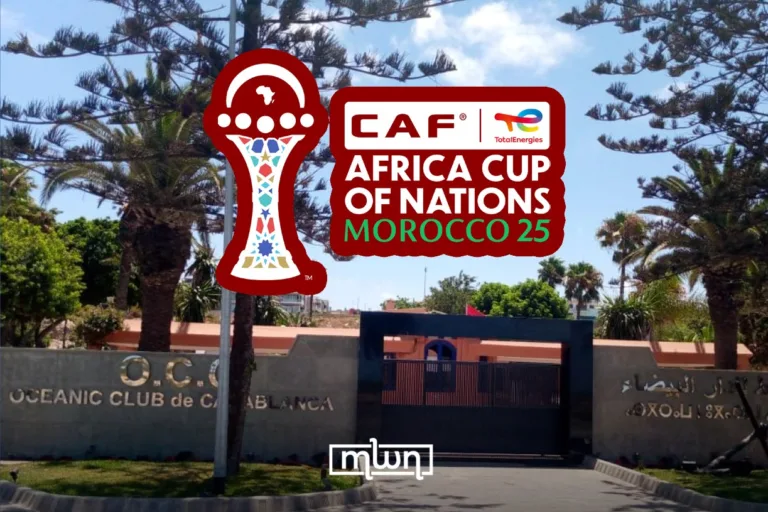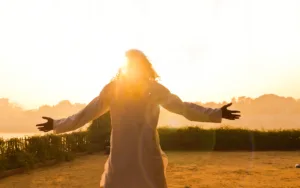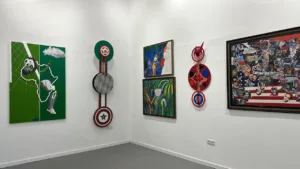Casablanca is what happens when centuries of style collide and somehow make it work, and we’re going to dive into its origins.
Fez – Casablanca isn’t the kind of city that unveils itself all at once. It’s not a postcard, it’s a blueprint, drawn and redrawn over centuries.
And if you’re into architecture, it’s a dream with cracked edges and unexpected brilliance.
Think soaring minarets, faded art deco, 1950s cinemas, space-age skateparks, and a mosque that juts out into the Atlantic like it owns the sea.
It all started with Anfa, the Amazigh town the Portuguese wiped out in 1468. They returned to rebuild it as “Casa Branca”.
Then the 1755 Lisbon earthquake brought everything crashing down again, and the sultan decided to start fresh with a medina of whitewashed walls.
The Spanish began calling it “Casablanca”, and the French later turned it into a full-blown business hub.
Cue the art nouveau facades, neo-Moorish arches, and eventually the sleek concrete experiments of Jean-François Zevaco, the architect who helped define post-independence Morocco.
Today, the city’s layers are still alive and well. Start with Boulevard Rachidi, where Islamic motifs wrap around colonial symmetry.
The post office, the Palais de Justice, and the ghostly-white Sacré Coeur cathedral feel frozen in time; elegant, if a little haunted.
Then head to Quartier Habbous for a different mood: low-slung buildings, hand-carved doors, and pastry shops like Pâtisserie Bennis Habous, where “Kaab Ghazal” (gazelle horn cookies) come stacked like edible sculptures.
Down by the ocean, the Hassan II Mosque dominates the skyline : emerald tiles, 210-meter minaret, and waves crashing just below your feet.
For a deeper dive into Casablanca’s architectural timeline, Casamémoire offers excellent guided tours through the city’s 20th-century landmarks.
Casablanca’s not just old bones, though. In the Petit Paris district, retro gems like Cinema Rialto and the Lutetia Ciné-Théâtre are back in action, hosting events that echo the city’s cinematic golden age.
Nearby, the revamped Royal Mansour Casablanca hotel nods to its 1950s heritage with style.
As for the city’s young heartbeat? You’ll find it in Anfa Park or the Arab League Gardens, where teenagers gather between music festivals like Jazzablanca and L’Boulevard.
Around Villa des Arts, breakdancers spin beneath palm trees, while murals along the Corniche promenade go full sci-fi.
Nevada Skatepark, one of Africa’s biggest, adds its own visual punch, with bold street art layered across ramps.
When hunger strikes, head to the medina for fresh fish sandwiches or date-stuffed sweets.
For something more refined, Dar DaDa and Saveurs du Palais serve the kind of Moroccan comfort food that lingers in your memory.
Want to learn the recipes? Book a market tour and cooking class with “Taste of Casablanca” tours.
Casablanca isn’t for everyone. But for architecture lovers? It’s a playground that is chaotic, evolving, and absolutely worth exploring.
Read also: Abdel Halim Hafez’s Family Denies Hologram Concert at Mawazine
















